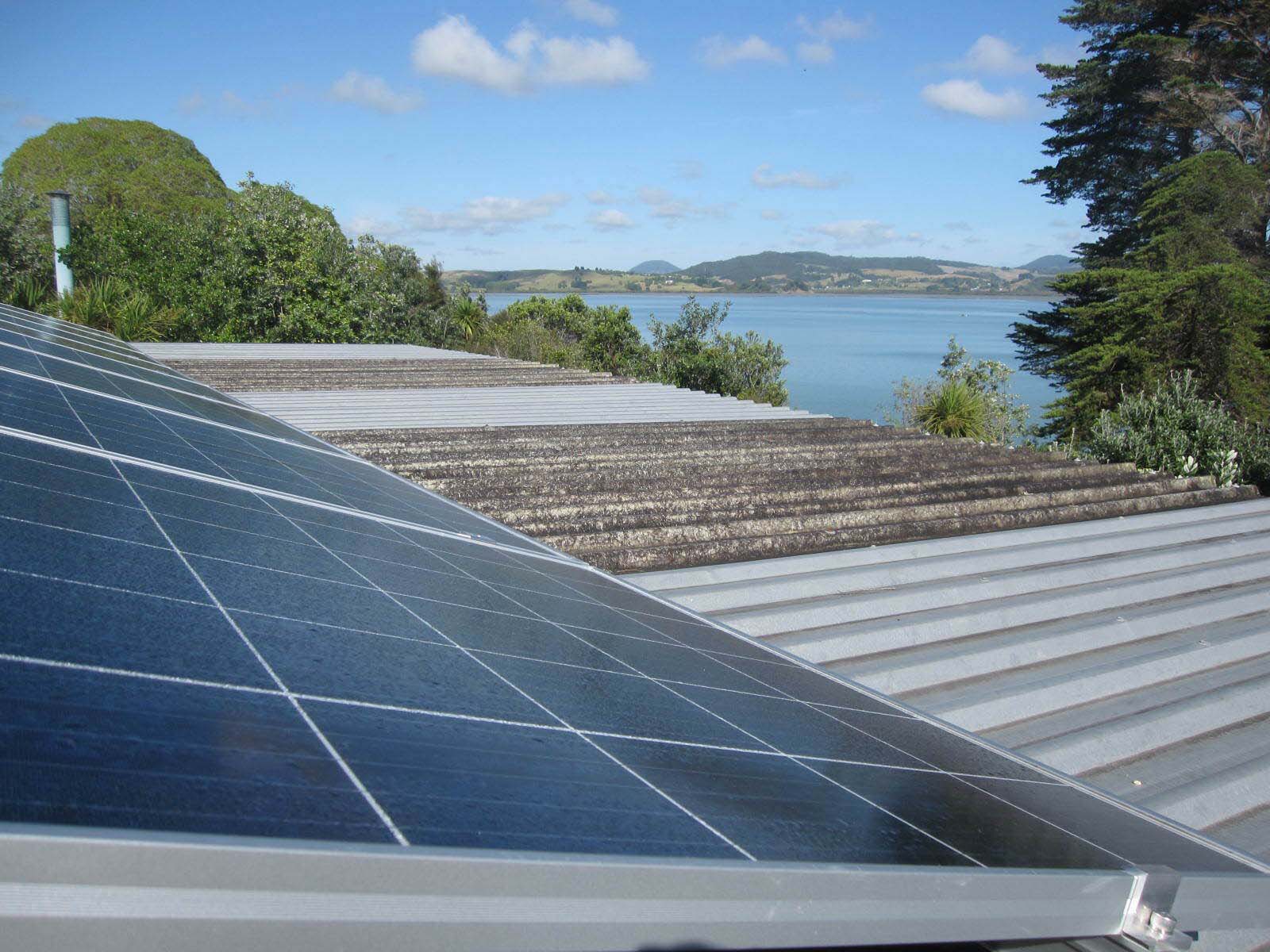Understanding loads and congestion
How network loads and congestion could impact your project
Electricity networks are a bit like roads – they can get congested at times of the day when everyone wants to use them. There is only so much electricity that power lines can handle at a time, and the amount of electricity demanded is called a load.
Loads are usually higher at peak use times; 6-8am in the morning when people get up and ready for their day, and between 6-9pm in the evening when people come home and use kitchen appliances, washing machines, televisions, hot water and heaters etc. This is when the network becomes more congested.

Increased connections have an effect
The more connections we get to our network, the higher the load demands and the more congested our network gets. Northpower has to invest in extra lines and equipment to accommodate this increased peak demand – like building extra lanes onto a road. We also set time of use pricing to encourage customers to use their electricity at off-peak times.
Distributed generation can also add to this congestion by putting electricity back into the grid. When too much power (generation) is injected into one area of the network (for example, from people with surplus power generated by their home solar panels), it can cause issues which then affects other consumers. To balance this, we manage and review applications, and monitor the network.
Congestion maps
For further information on how this could impact your project, please take a read of our congestion management policy.
The maps below show congestion and potential congestion based on current applications in progress. This is subject to change as further applications are lodged.
If you need further clarification or assistance with congestion and loads, please contact us.
